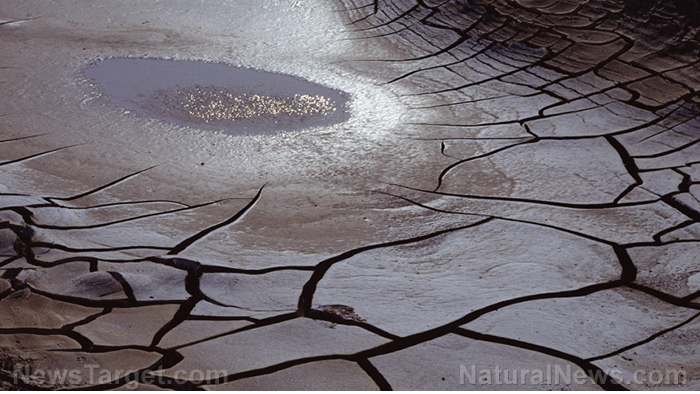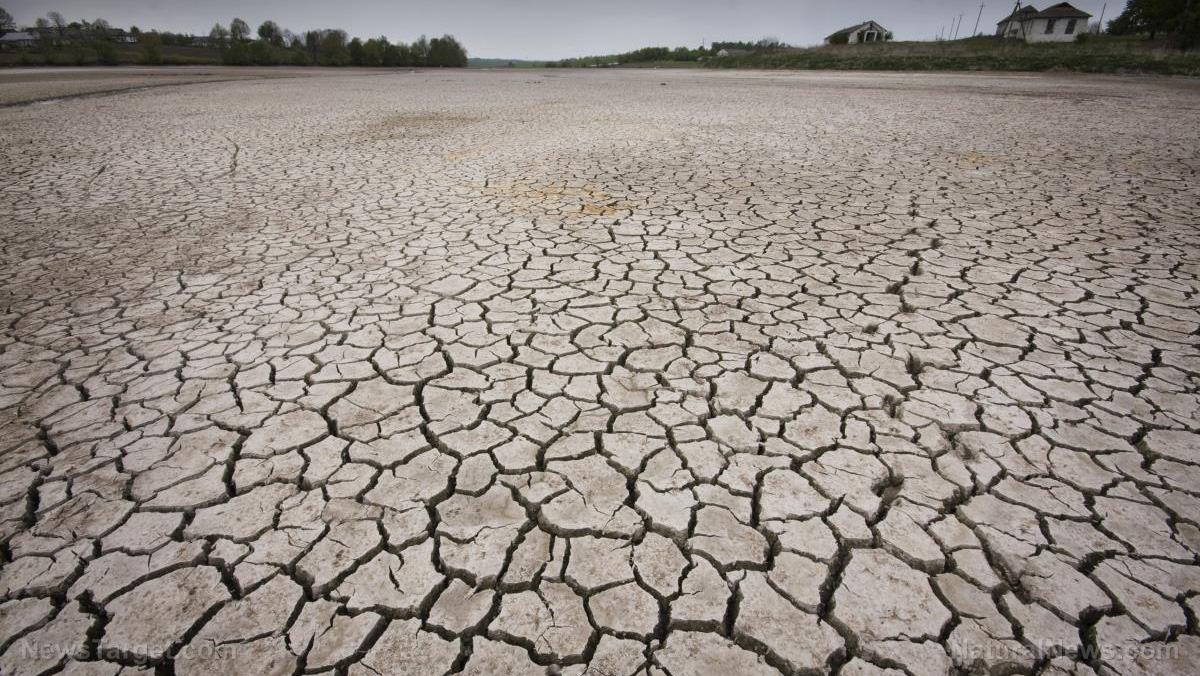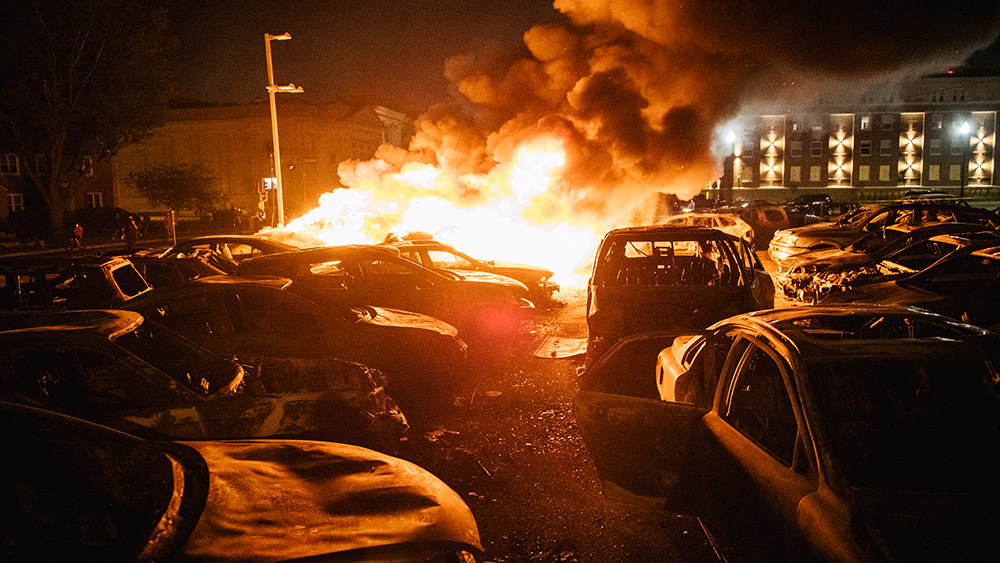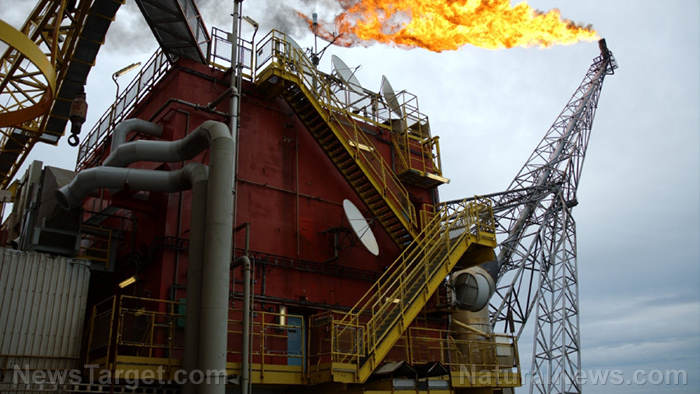India faces water crisis as major tributaries are almost dried up
04/15/2021 / By Divina Ramirez

India is home to seven major river systems with more than 400 rivers. Some 80 percent of its population relies on those rivers for food and livelihood. But some of those rivers have been drying up rapidly, threatening water supplies in several regions.
In Odisha state’s Gajapati district, farmers and residents are facing a water crisis as the Mahendratanaya River dries up. Parts of the river – a major tributary river of the Vamsadhara River – have already completely dried up in the Indian summer this April, signaling a drinking water crisis for people living along its banks.
Farmers cultivating vegetables on thousands of hectares of farmlands in the towns of Gosani and Rayagada are now facing the brunt of the water shortage, according to local reports. Farmers in both towns rely on the Mahendratanaya River for irrigation water.
India counts more dried up rivers
In central Uttar Pradesh, 22 of the Gomti River’s 26 tributaries have almost dried up, and there’s no more flow left in the remaining four, according to a report published recently in the Indian Journal of Ecology. The report showed that the river reached its current state due to farmers’ excessive use of groundwater.
Furthermore, the Gomti River’s flow is also in danger due to reduced recharge from the underground water table, said report author Venkatesh Dutta, an associate professor of environmental sciences at Babasaheb Bhimrao Ambedkar Central University in Lucknow, India.
Underground water and the Gomti River complement each other, explained Dutta. During the monsoon, Gomti’s basin “recharges” the underground water table. Before and after the monsoon, the underground water table helps the river maintain its flow.

The underground water table has reached below the riverbed of the Gomti River. However, the river is not able to get water from underground water sources, said Dutta. This has reduced the river’s flow by 60 percent. (Related: Low runoff from the Colorado River threatens water shortage across 7 western states.)
It is unclear what is stopping the river from getting into underground water sources. Dutta suspects that a type of paddy usually cultivated in the Indian summer is consuming too much underground water. He suggests checking on the cultivation of that paddy. Dutta also proposes stopping the discharge of industrial waste into the Gomti.
But for the Gomti River and its tributaries to be completely revived, Dutta said that around 2,000 water bodies in the Gomti River basin must be revived first.
The Gomti River is an alluvial river that originates from the lower Himalayas in western Uttar Pradesh. Fed by rain and groundwater, it is a major source of water to several cities, towns and villages. It is also a major tributary of the Ganges River, to which it adds over seven billion cubic meters of water every year.
Some towns dependent on tankers for water
With major rivers and tributaries drying up, local officials have sought to address water shortages with tankers. In Gajapati, the Public Health Engineering Organization (PHEO) has been dredging the Mahendratanaya River for more water. Swagat Nayak, an engineer for the PHEO, said water will be supplied through tankers.
In North Goa district, people have had to do with water from tankers as well. Many of the villages there used to be brimming with water. However, they have now become entirely dependent on government tankers for drinking and bathing water.
Shashikant Gawade, a former supervisor at a mining company, told Mongabay-India that a big stream used to flow in the lower part of their village. “We did not need these external agencies to provide us with water,” Gawade recalled. “Now everything is gone.”
CleanWater.news has more stories about the water crisis in India.
Sources include:
Submit a correction >>
Tagged Under:
Collapse, dry rivers, environment, Ganges River, water crisis, water shortage, water supply
This article may contain statements that reflect the opinion of the author
RECENT NEWS & ARTICLES
COPYRIGHT © 2017 COLLAPSE.NEWS
All content posted on this site is protected under Free Speech. Collapse.news is not responsible for content written by contributing authors. The information on this site is provided for educational and entertainment purposes only. It is not intended as a substitute for professional advice of any kind. Collapse.news assumes no responsibility for the use or misuse of this material. All trademarks, registered trademarks and service marks mentioned on this site are the property of their respective owners.





















